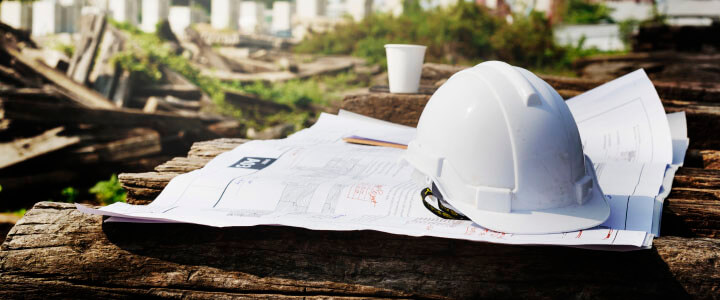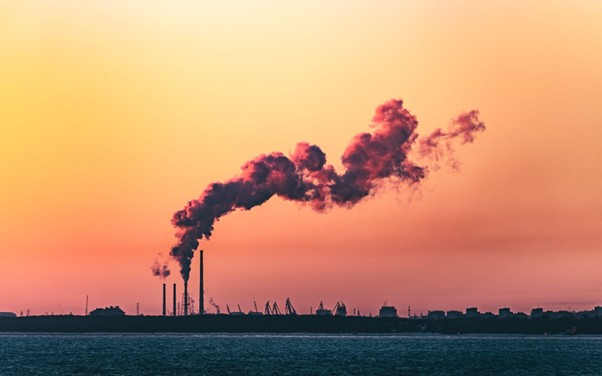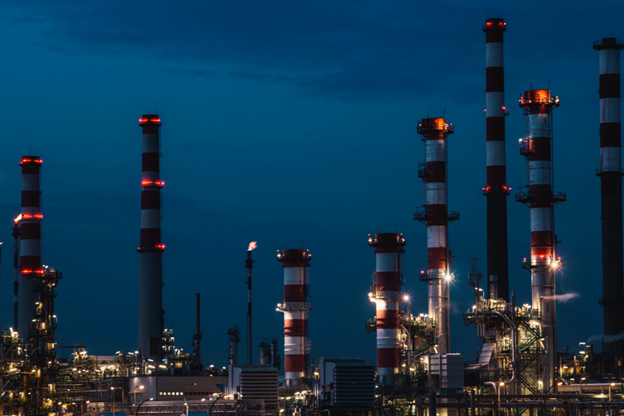Environmental Protection at Construction Sites

Construction managers have a number of crucial responsibilities. They are responsible for ensuring that their clients’ projects are completed on time. They also must ensure that their crews have a safe job site.
Keeping a project within its budgetary constraints is another essential obligation. And one responsibility that has become much more prevalent in recent years is limiting the environmental impact of construction. As awareness of the industry’s role in damaging ecosystems becomes more widespread, contractors are beginning to understand and accept their responsibility to create as little disruption to the natural world as possible.
Because of the heavy equipment they use and the nature of the work they do, construction crews have the potential to be very destructive to surrounding ecosystems. Fragile plant life may be trampled and mangled. Wildlife habitats can be crushed, leaving animals vulnerable.
Water sources can be contaminated by debris carried out of sites by tires and treads. In addition to wreaking potentially irreparable damage to natural resources, such actions can put contractors at risk of regulatory noncompliance. This is why it is necessary to have a plan for environmental protection that addresses all phases of construction.
Proper Planning at the Beginning
During the pre-construction phase, proper planning and design is essential. For example, the use of access mats as temporary roadways ensures that trucks and other large machinery don’t exert too much pressure on delicate soils. They also help prevent equipment from driving through wetlands and swampy areas.
Drainage systems that recycle and reuse water should be designed in the preliminary phases of construction in order to prevent waste and protect local water sources from contamination. This is also the time to create plans to address erosion and sediment control and prevent stormwater runoff to nearby rivers and lakes.
Being Mindful During Construction
As the work gets underway, it is critical to be mindful of how activities may affect the surrounding areas. Installing gates and fencing can contain traffic to only those areas where it is absolutely necessary. This lessens the impact heavy equipment can have on the area.
In addition, remembering to shut down machinery during breaks conserves energy and reduces the amount of harmful emissions pumped into the air. It also is vital to establish the proper protocols for containing, removing and disposing of waste on the construction site. This is especially important for hazardous building materials.
The way materials are sourced also has the potential to make a major impact on the sustainability of a job site. Being careful to buy from local suppliers means less fuel is consumed during transport, which also reduces air pollution. If at all possible, seeking out materials that feature recycled content or renewable resources can mean improvements in the ecological footprint of the project.
The Cleanup Process
When all the work is completed, the focus should be on returning the site as closely as possible to its original condition. In addition to cleaning up debris and disassembling any access mats, it may be necessary to restore the grading to its pre-construction level.
If necessary, topsoil should be replaced and seeded with native vegetation. Having a strong waste disposal plan in place at the beginning of the project will ensure that nothing will be left behind that shouldn’t be.
Managing a job site already involves juggling so many responsibilities that adding another one may seem excessive. However, just like every other aspect of the job, having a plan in place can go a long way toward keeping everything on track. Following the advice here will lead to a more responsible, environmentally friendly project in virtually every respect.
Author Bio
Kathy Hopper is Director of Marketing at YAK ACCESS, which encompasses YAK MAT, NEW SOUTH and BluRoc. Hopper, who has been with the company for more than three years, is responsible for the strategic development and implementation of upstream and downstream marketing efforts.



















